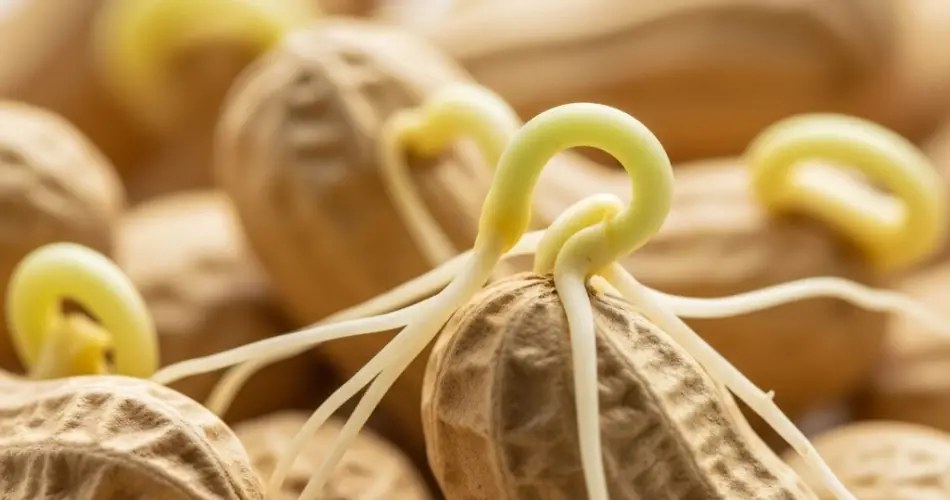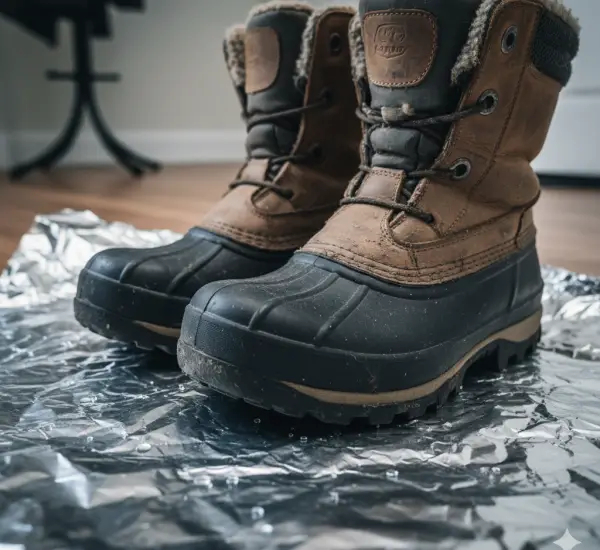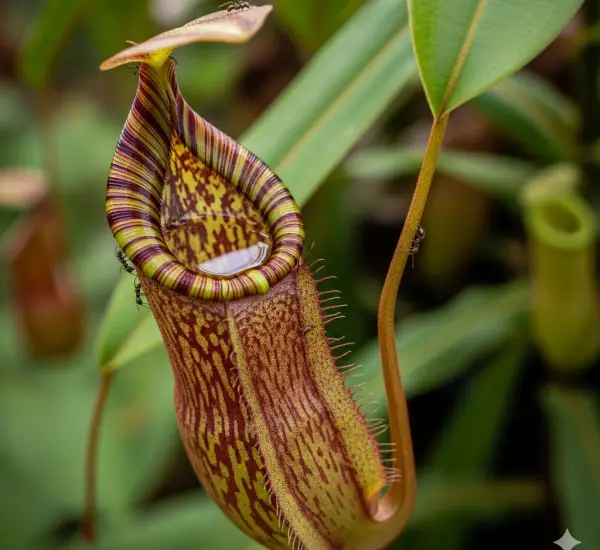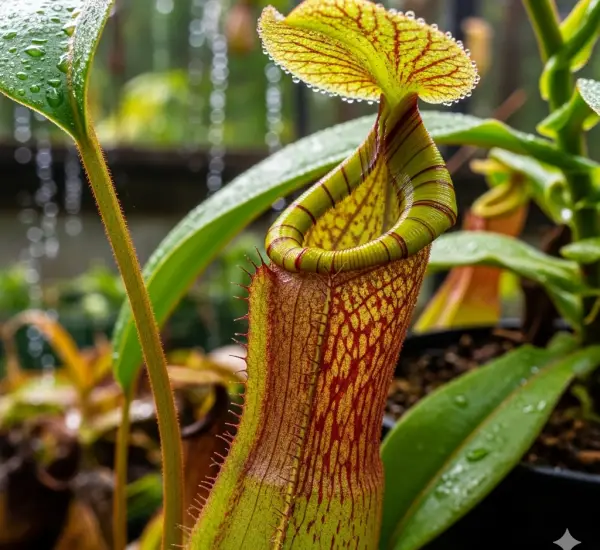Peanuts, also known as groundnuts or maní, are a delicious and nutritious legume with versatile culinary and agricultural value. Growing your own peanuts can be a rewarding experience, whether you have a spacious garden or a small urban plot. Germinating peanuts quickly and successfully is the first step toward a healthy crop that can yield fresh, homegrown nuts.
In this guide, you will learn the best practices for germinating peanut seeds, tips for cultivation, and how to ensure your peanut plants thrive throughout the growing season.
Understanding Peanuts and Their Growth Cycle
Peanuts (Arachis hypogaea) are unique among legumes because their pods develop underground. After the plant flowers, the fertilized ovary elongates into a peg that pushes into the soil where the peanuts mature. This fascinating growth habit requires particular soil conditions and care.
Peanuts thrive in warm climates with long frost-free periods, plenty of sunlight, and well-drained, sandy soils. They are relatively drought-tolerant but respond well to moderate watering.
Choosing the Right Peanut Seeds
To start, obtain raw, untreated peanut seeds that are specifically meant for planting—not roasted or salted peanuts from the store, which won’t germinate properly. Look for seeds with the shell intact, firm texture, and free from mold or damage.
There are various peanut varieties suited for different climates and purposes, including:
-
Runner peanuts: Commonly used in peanut butter production.
-
Virginia peanuts: Larger kernels often roasted and sold as snacks.
-
Spanish peanuts: Smaller, oilier, and used in candies and snacks.
Choose the variety that best fits your climate and intended use.
Preparing Peanuts for Germination
To improve germination rates and speed up the process, pre-treat the seeds with the following steps:
-
Soaking: Soak peanut seeds in warm water for 12 to 24 hours. This softens the shell and encourages faster sprouting. Change the water once or twice to prevent bacterial growth.
-
Scarification (Optional): Lightly nick or sand the outer shell to help moisture penetrate, but be careful not to damage the seed inside.
-
Warmth: Peanuts germinate best at temperatures between 70°F and 85°F (21°C to 29°C). Maintain this warmth during germination by placing seeds in a warm, well-lit area.
Step-by-Step Peanut Germination Process
-
Seed Planting:
Plant the soaked seeds 1 to 2 inches deep in loose, well-draining soil. Space seeds about 6 to 8 inches apart if planting in a garden bed or larger containers. -
Soil Requirements:
Peanuts prefer sandy or loamy soil with a slightly acidic to neutral pH (around 6.0 to 7.0). Ensure the soil is well-aerated and free from compaction. -
Watering:
Keep the soil consistently moist but avoid waterlogging. Overwatering can cause seeds to rot before they sprout. -
Sunlight:
Provide full sunlight — peanuts need at least 6 hours of direct sun daily to grow strong. -
Germination Time:
Under ideal conditions, peanut seeds typically germinate within 7 to 14 days. Be patient and maintain the proper environment during this period.
Caring for Peanut Plants After Germination
Once your peanut seeds sprout, proper care will ensure healthy plants and good pod development.
-
Watering: Continue moderate watering, especially during flowering and pegging stages. Avoid overwatering which can cause fungal issues.
-
Weeding: Keep the area free of weeds that compete for nutrients and water.
-
Fertilization: Use a balanced fertilizer or organic compost. Peanuts are nitrogen-fixing plants, meaning they enrich the soil by converting atmospheric nitrogen into a usable form. However, they still benefit from phosphorus and potassium supplements.
-
Mulching: Apply mulch around the base to conserve moisture and regulate soil temperature.
-
Pest and Disease Control: Watch for common pests such as aphids, thrips, and root-knot nematodes. Use organic pest control methods or insecticidal soaps if needed.
Harvesting Peanuts
Peanuts mature approximately 4 to 5 months after planting. You’ll know it’s time to harvest when the leaves begin to yellow, and the pods have developed firm shells.
-
Carefully dig around the plant to loosen the soil.
-
Pull the entire plant from the ground, shaking off excess dirt.
-
Allow the plants and pods to dry in a warm, airy place for several days to cure.
-
Once dried, remove the pods and store them in a cool, dry location.
Additional Tips for Growing Peanuts
-
Rotation: Practice crop rotation to prevent soil depletion and reduce pest buildup. Avoid planting peanuts in the same spot consecutively.
-
Companion Planting: Plant peanuts alongside corn, cucumbers, or squash to optimize garden space and improve pest resistance.
-
Climate Considerations: Peanuts require a warm climate. If you live in a cooler region, consider starting seeds indoors and transplanting outdoors once the danger of frost has passed.
Conclusion
Growing peanuts at home is an enriching experience that can yield delicious and nutritious results. By following the correct germination techniques, selecting quality seeds, and providing proper care, you’ll enjoy a healthy peanut harvest in just a few months.
With minimal space and effort, peanuts can become a valuable addition to your urban garden or backyard. Whether you plan to snack on them, use them in cooking, or press your own peanut oil, cultivating peanuts connects you to a fascinating plant with a rich agricultural history.
Start your peanut-growing journey today and experience the satisfaction of harvesting your own fresh peanuts!



